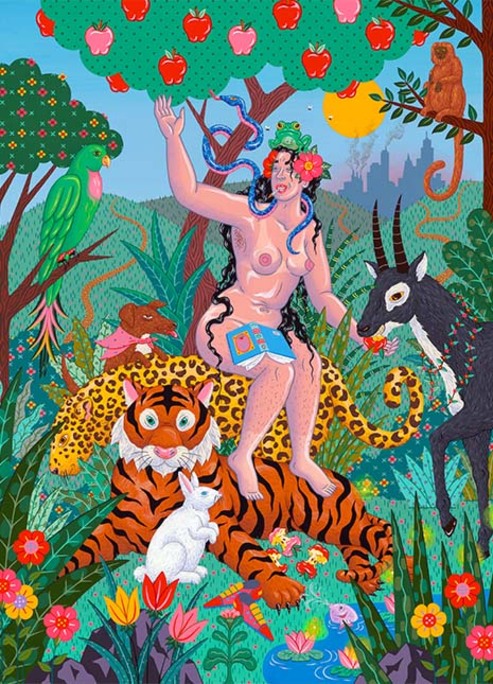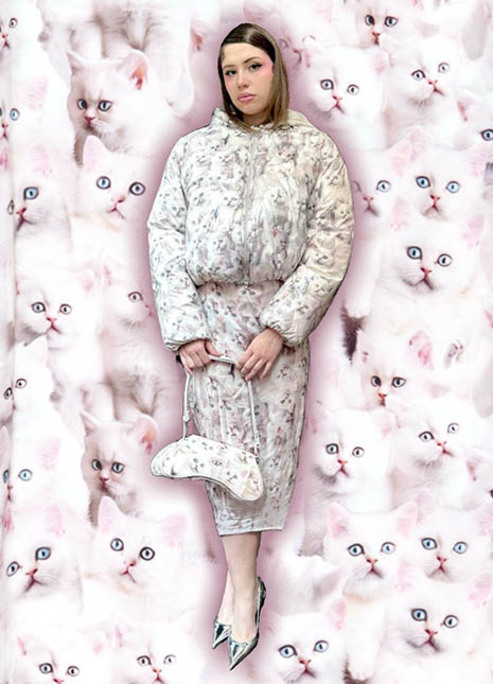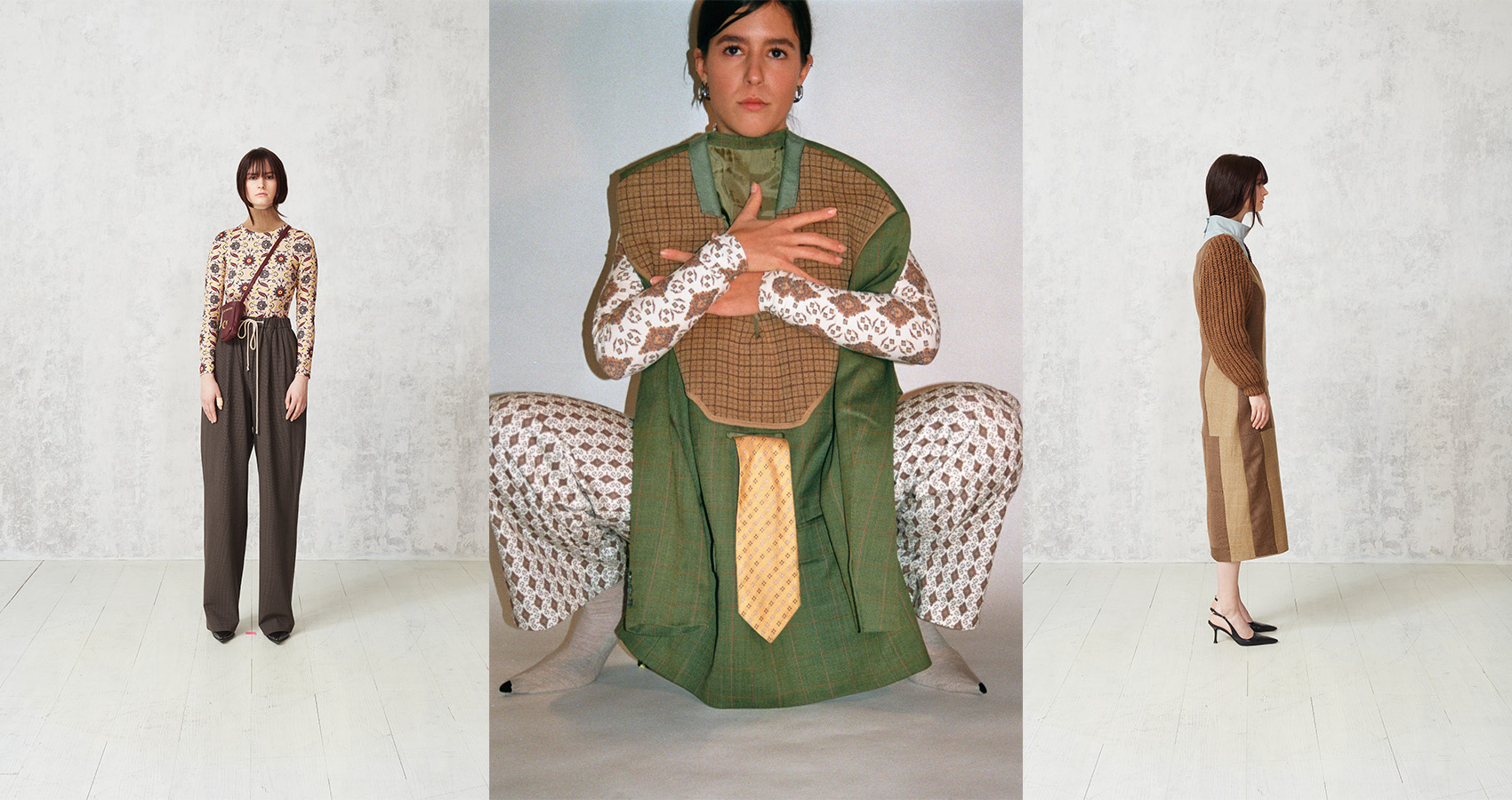
Afra Nur Uğurlu's Hinterland Subversive Manifesto
Diaspora, fragmentation, and playful resistance reworked through tactile art.
Afra Nur Uğurlu’s hinterland – Not Quite Belonging isn’t your quiet, coffee-table object. It’s a manifesto disguised as collage—stitched, torn, and defiantly alive. Born from frustration and curiosity, it wrestles with the power of images, asking who gets to define beauty, identity, or belonging. For Uğurlu, the medium wasn’t just an aesthetic choice—it was an act of resistance. “This kind of work has that built-in ability to be self-aware and subversive,” she says. “It challenges dominant narratives while still feeling accessible, witty, and even a bit ironic.” Every page feels like a visual confrontation—half love letter, half cultural critique.
Fragmentation as Survival
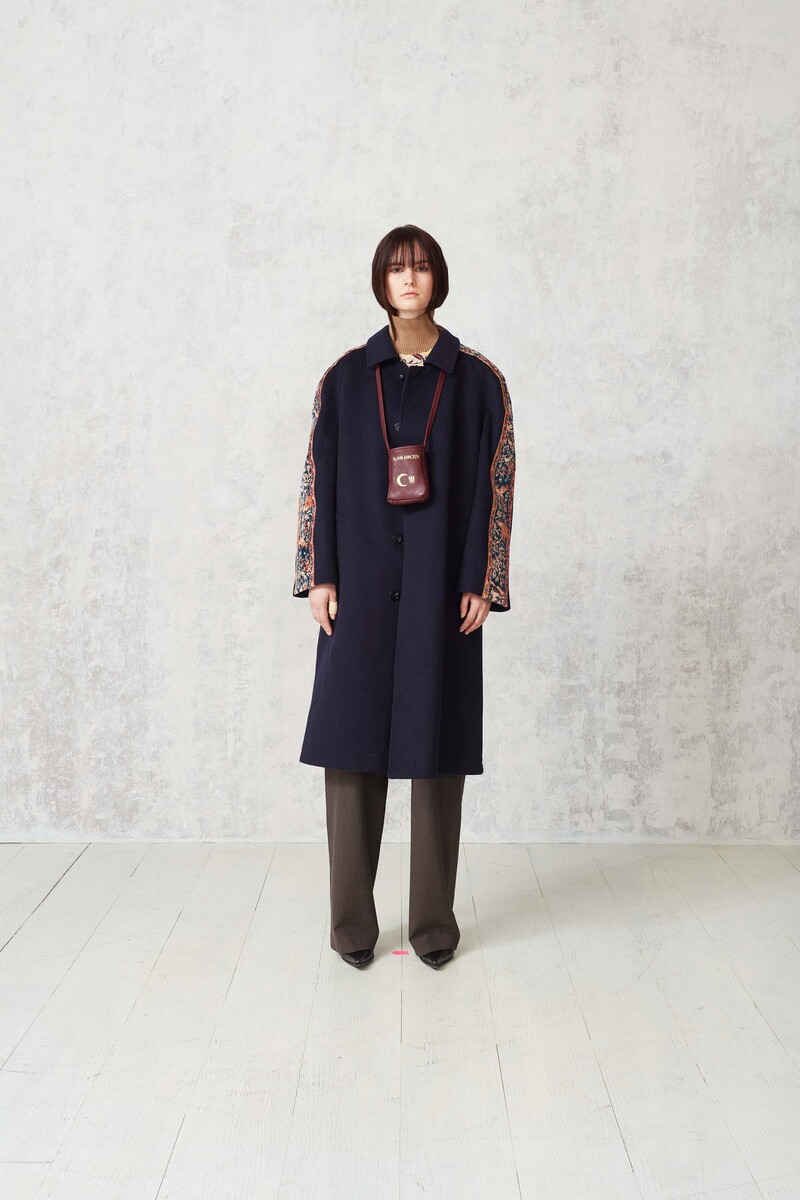
When she tore her first passport collage, Uğurlu wasn’t making a statement yet. She was healing. “Tearing and stitching things back together became a way to work through what I was feeling,” she explains. The result is tactile honesty—visible seams, fragile materials, and stories that don’t pretend to be whole. That rawness carries through to Paper Cuts and Borderlines, where carpets, tea kettles, and headscarves become symbols of both home and alienation. Her lens turns memory into resistance: a child on a kilim, legs spread, unlearning shame.
Owning the In-Between
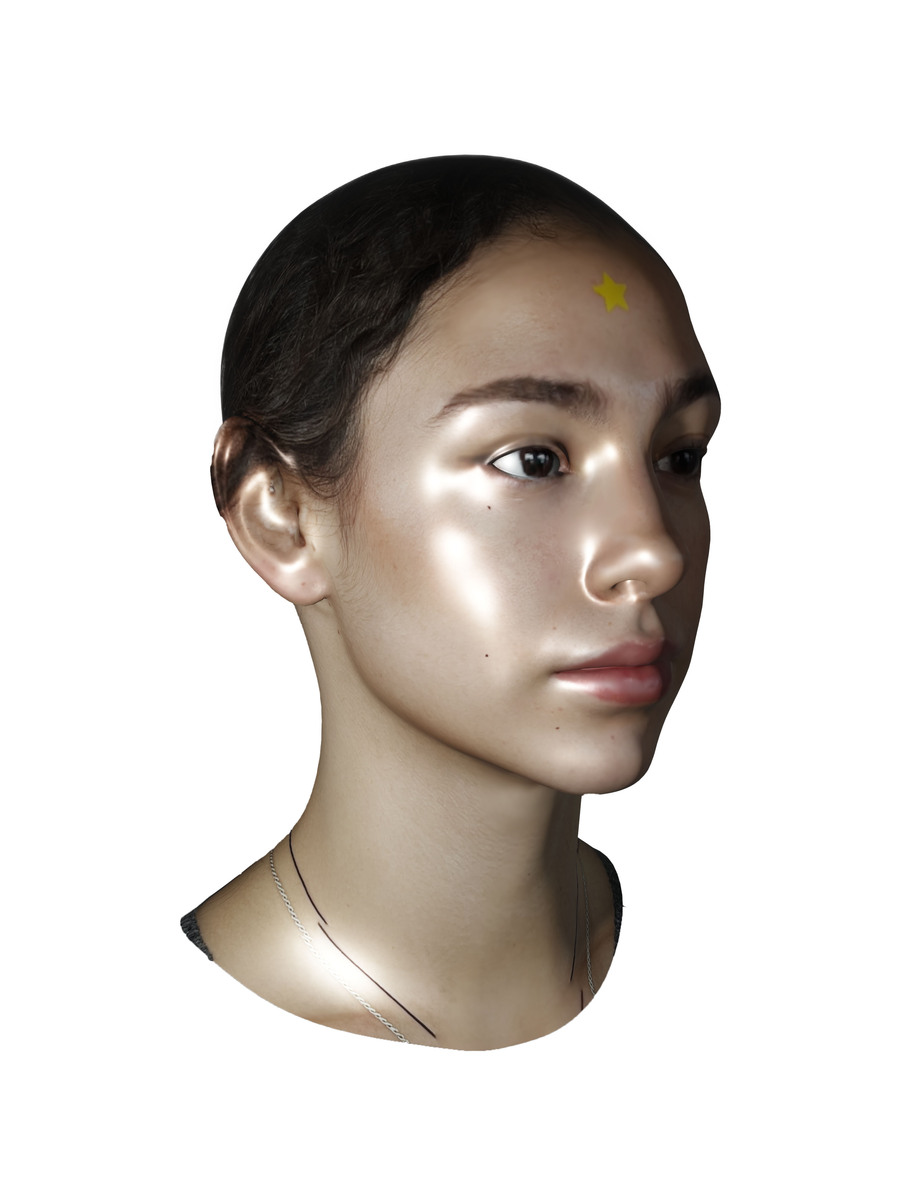
For Uğurlu, diaspora is less an identity than an atmosphere—confusing, fertile, collective. “There’s no world without diaspora,” she says. “For some, maintaining visibility may simply mean existing.” Her work refuses erasure by staying in motion, by questioning instead of explaining. Even her use of fashion—like the provocative Alman-Kanaken piece by Deniz-Can Sayim—forces a reckoning with who gets to name and who gets to wear. “Language can be both weapon and armor,” she reminds us, her voice measured but charged.
Reclaiming Power Through Play

What keeps hinterland from collapsing under its own gravity is humor, texture, and a refusal to be neat. Uğurlu’s aesthetic may borrow the polish of fashion editorials, but it’s there to subvert, not seduce. “You don’t have to stand completely outside a system to challenge it,” she says. “Sometimes, you can push against its walls from the inside.” That’s the quiet genius of hinterland: it doesn’t scream to belong—it rewrites the language of belonging entirely.




